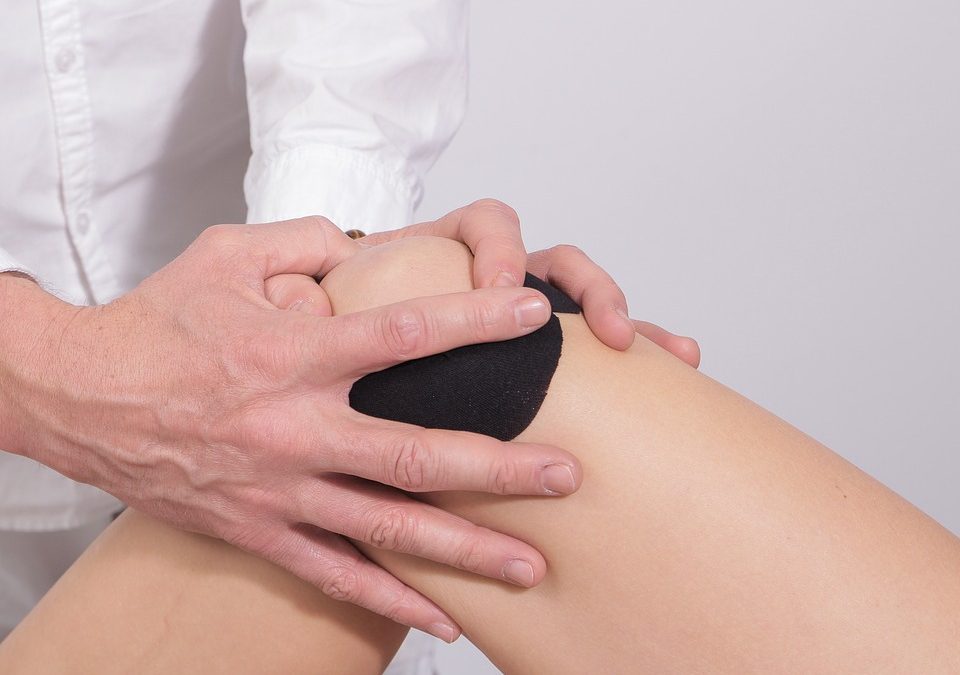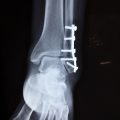Table of Contents
The location of knee pain depends on which of the knee structure is damaged. Infections and inflammations can cause the knee to be swollen and painful, while bone fractures or torn meniscus can cause symptoms only on specified locations. Also, the severity of the pain can greatly vary, from tolerable, severe to disabling knee pain.
Pain or injuries on knees are extremely common though, and they can have many causes. Thus, it is important to get the right and accurate diagnosis of the exact cause of pain and find the appropriate treatment. Knee pain can be caused by injuries on the soft tissue, such as muscle strains and ligament sprains, bone conditions like arthritis, and biomechanical dysfunction such as Patellofemoral syndrome. It can also be caused by sciatica.
Different causes of course, require different treatments, which is why it is crucial to get the accurate diagnosis. Treatments usually involve knee mobilization techniques and exercises, taping to keep it stable, massages, stretching and/or strengthening exercises to maintain and improve the integrity of the knee, rehabilitation protocol after post knee reconstruction, or knee replacement.
When to Seek a Professional
Should you experience nagging this condition that doesn’t go away, it is important that you seek medical attention for as soon as you can, especially if you can see or feel any signs of pain, swelling, deformity, inability to bend your knee, unable walk comfortably without experiencing pain.
You can consult your physician or a physiotherapist for accurate diagnosis and treatment methods for this condition.
Some of the most common causes and injuries are:
- ACL (Anterior Cruciate Ligament) injury
- Bursitis knee (inflammation of bursa, located near the joint of the knee)
- Quadriceps contusion or Corked Thigh
- Chondromalacia Patella, aka. Runner’s knee
- Cramps
- Delayed Onset Muscle Soreness (DOMS)
- Discoid Meniscus (anatomic variant affecting knee’s lateral meniscus)
- Fibromyalgia
- Hamstring Strain
- Knee Arthritis
- Rheumatoid Arthritis
- Knee Replacement
- ITB (Iliotibial Band Syndrome) Syndrome
- Injury on knee ligament
- Injury caused by overuse of the knee
- Muscle Strain
- Meniscus Tear
- Osgood Schlatters disease (OSD), aka annelongue’s disease or apophysitis of the tibial tubercle
- Pinched Nerve
- Patella Tendonitis
- Plica Syndrome
- Patellogemoral Pain Syndrome
- Stress Fracture
- Sinding Larsen Johansson Syndrome
- Thigh Strain
Risk Factors of Knee Pain
Though knee pain can be a result of many different things, there are certain risk factors that make one highly vulnerable to knee pain, such as excessive weight, overuse of the knee through repetitive movements, and biomechanics.
Common Knee Pain Treatments
Traditionally, physiotherapists treat knee pain conditions with short-term goals in mind, such as reliving pain through painkillers or cortisone injections. This however, treats the pain which is only the symptom, but don’t actually solve the problem. This is why a thorough analysis as to why a person is experiencing knee pain is very important.
Good physiotherapists also recommend correcting issues that makes one vulnerable to knee pain, before the pain returns and gets even worse.
As said earlier, treatment starts with diagnosis, then, they will device a treatment method specific for your condition. Treatments vary on the conditions that cause the pain. Medications are usually used for relieving pain, but doctors can prescribe specific drugs to treat any underlying conditions that results to knee pain.
Home remedies such as cold and hot compress, bandage (for compressing the knee and help prevent swelling, knee alignment) and rest are the usual solutions for knee pain.
For stubborn pain and severe conditions such as injuries, surgery, partial knee replacement or total knee replacement are the last results.






 NRB Publishing is a small publishing house dedicated to releasing quality informational books to interested readers.
NRB Publishing is a small publishing house dedicated to releasing quality informational books to interested readers. 